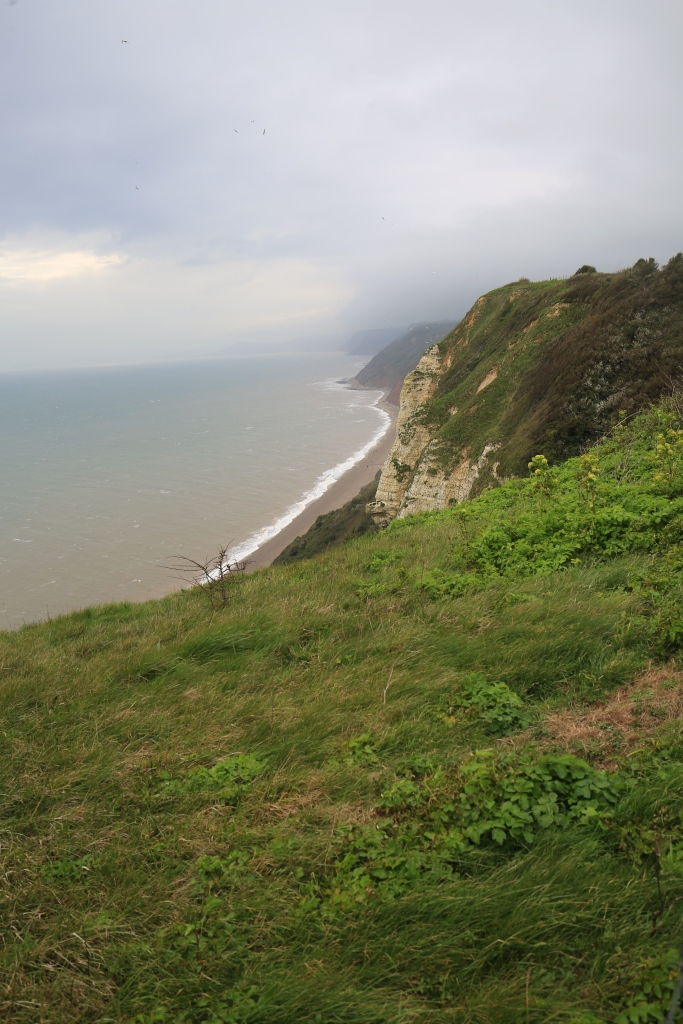Sustainability is all around us. A conversation doesn’t need to be about things we are getting wrong or things that are not done. We might instead wish to highlight the things we do well already.
Sustainability could be defined as follows: a task or process is sustainable if the action of carrying it out does not affect the ability to carry out the same task in the future.
Sustainability is really at the heart of what Pope Francis writes about with intergenerational solidarity: “the world we have received also belongs to those who will follow us” (Laudato Si, 159). So sustainability is in effect living well today in a way that is completely compatible with future generations living well in the future. That we pass on this gift of our common home in a way which preserves its uniqueness, beauty and splendour to those who are young and those not yet born.
Nature itself gives us many examples of sustainability.

The grasses growing on the cliff and the birds nesting in the cliff are completely compatible with future generations of grasses growing on the same cliff or birds nesting in the same cliff.
What is a sustainable lifestyle?
A sustainable lifestyle is one that uses up exclusively renewable resources and does not use up finite resources. Even a material that comes from a finite resource could be sustainable if that material can be reused or recycled indefinitely. Furthermore, the use of those renewable resources must be at a rate which really does allow them to be considered renewable. Think of Joseph the carpenter: we expect that his use of wood did not exceed the growth rate of new wood in the local woodland – if he used a tonne of wood a year from a woodland that grew ten times that much every year then that was clearly sustainable.

In a way it is not only the manufacturer (or carpenter) but also the consumer that dictates sustainability. Sustainable consumption is where the consumer ensures the object is repaired, reused and ultimately the scarse materials in the object are made available for the next generation through recycling. Sustainable consumption is also where the renewable materials and resources are used up slowly: the carpenter’s wooden bowls or objects would be sustainable if they lasted longer than the time taken to grow the tree.
What is your sustainability story? Why not tell someone about it?
